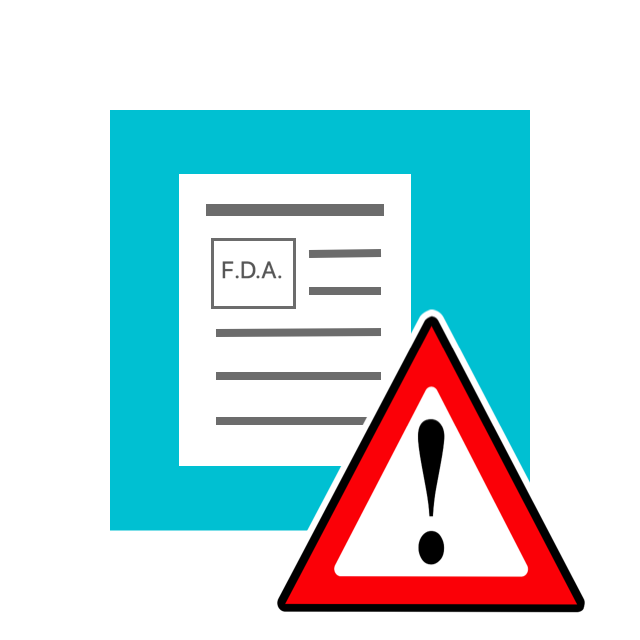Study onboard International Space Station points to immune dysregulation during long-duration spaceflight
READ ARTICLE HIDE ARTICLE
Milwaukee, WI –
The Journal of Allergy and Clinical Immunology: In Practice
published an unusual case study
on Tuesday, March 29, originating from the International Space Station (ISS).
“Perhaps due to the restricted nature of an astronaut’s confidential medical information, successful pre-flight quarantines and astronauts living in quasi-isolation, there is a common misconception that astronauts do not experience illness during flight,” first author Brian Crucian, PhD, from the National Aeronautics and Space Administration (NASA) Johnson Space Center in Houston, Texas, explained.
Crucian and his team suggest that a multitude of factors, from microgravity and radiation to psychological stress and altered atmosphere, may dysregulate the immune system and present adverse clinical events. For example, internal NASA incidence numbers reveal that rashes and hypersensitivity reactions are the most reported adverse clinical events. In fact, antihistamines are the second most used medication in the ISS.
As described in the case study, an ISS crewmember experienced a rash, possibly dermatitis, in addition to eye and upper respiratory rhinitis symptoms (sneezing and itchy, watery eyes) even though the individual rarely experiences allergies on Earth. General improvement with antihistamine and hydrocortisone cream was recorded, however, the rash notably flared throughout the mission in connection with increased stress (triggered by extra vehicular activities and psychological stressors) which required steroids and histamine blockers. Once the astronaut landed on earth, both the itch and rash completely resolved within a week.
Immune parameters were measured at three separate time points during the six-month mission and the crewmember exhibited patterns of a dysregulated immune system. This included an altered leukocyte distribution, a reduction in T-cell functions and an altered cytokine production profile. Cortisol or “stress hormone” levels were also notably different, showing an increase in salivary cortisol and misalignment in the circadian rhythm of cortisol. Viral reactivation and shedding was likewise observed during the mission via presence of the latent Epstein Barr virus (known for mononucleosis) and Varicella Zoster virus (known for shingles). An oral herpes virus (known for cold sores) reactivation was also presented and treated.
Additional immunological investigations are underway to further characterize immune alterations during prolonged orbital space flight that will inform future deep space missions to asteroids, the Moon or Mars.
“If clinical risks can be confirmed, then appropriate countermeasures can be developed and validated. Here, the necessary medications were available but the persistent nature of the symptoms drove changes in resupply plans. In the future, we can ensure crews are adequately supplied with medications relevant to adverse clinical events related to immune dysregulation,” Crucian said.
JACI:
In Practice
is an official journal of AAAAI which covers the spectrum of diseases in the allergy/immunology specialty, with an emphasis on practical clinical research and the latest recommendations for diagnosis and treatment. For more information, visit
AAAAI.org
.
The AAAAI represents allergists, asthma specialists, clinical immunologists, allied health professionals and others with a special interest in the research and treatment of allergic and immunologic diseases. Established in 1943, the AAAAI has more than 6,900 members in the United States, Canada and 72 other countries. The AAAAI’s
Find an Allergist/Immunologist
service is a trusted resource to help you find a specialist close to home.
Additional Information
Allergy Symptoms, Diagnosis, Treatment & Management »
Learn More from AAAAI





